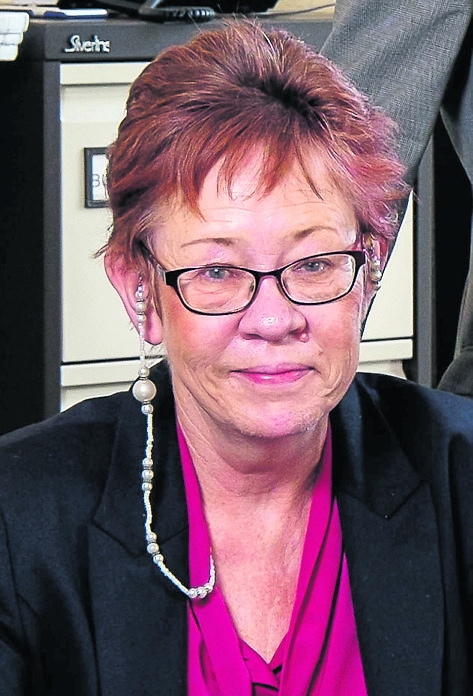By Sue Leathem
Partner
JR Watson & Co
VALUE added tax (VAT) is a tax paid by all end purchasers of goods and services. Consumers, usually the public, bear the impact of this tax as a cost. Some businesses also incur the VAT as an added cost because they are not registered for VAT.
When first introduced, over 40 years ago, it was to be a simple tax. VAT is now extremely complex and even large businesses cannot always get it right. Some small businesses try to stay below the registration limit perhaps by reducing their working hours. These businesses will welcome the increase in the annual turnover level now £85,000, from £83,000.
These smaller businesses that are resisting reaching the threshold should consider whether this is the right decision. Many businesses that just bite the bullet find that the extra profit from the growth in the business justifies the extra paperwork.
Small businesses with an annual turnover of up to £150,000 can use the flat rate scheme. This is a simplified scheme and the amount of VAT that has to be paid to HMRC is a fixed percentage of the sales in that quarter. There is no need to analyse all those fiddly receipts from the cash and carry and the garage for small purchases between goods and VAT. Likewise, purchase invoices are irrelevant. The percentage applied to the VAT inclusive turnover depends on the trade sector list published clearly by HMRC.
The scheme was designed to give the government about the same amount of VAT, though there might be winners and losers as far as the businesses are concerned.
It appears that HMRC has identified abuse in the use of the flat rate scheme and with effect from 1 April 2017 small businesses that spend very little on goods will see an increase in the amount of VAT that they pay. What these businesses spend on services is irrelevant. What these businesses will pay to HMRC will equal 19.80 per cent of their VAT exclusive sales just short of the full rate of 20 per cent.
Every small business using the flat rate scheme needs to immediately consider whether they are affected. They need to consider whether they will benefit by reverting to traditional VAT accounting. It is likely that those businesses that spend little on what HMRC define as goods but more on services will come out of the flat rate scheme.
Sue Leathem is a partner in J R Watson & Co and can be contacted on 01604 630745 or at



